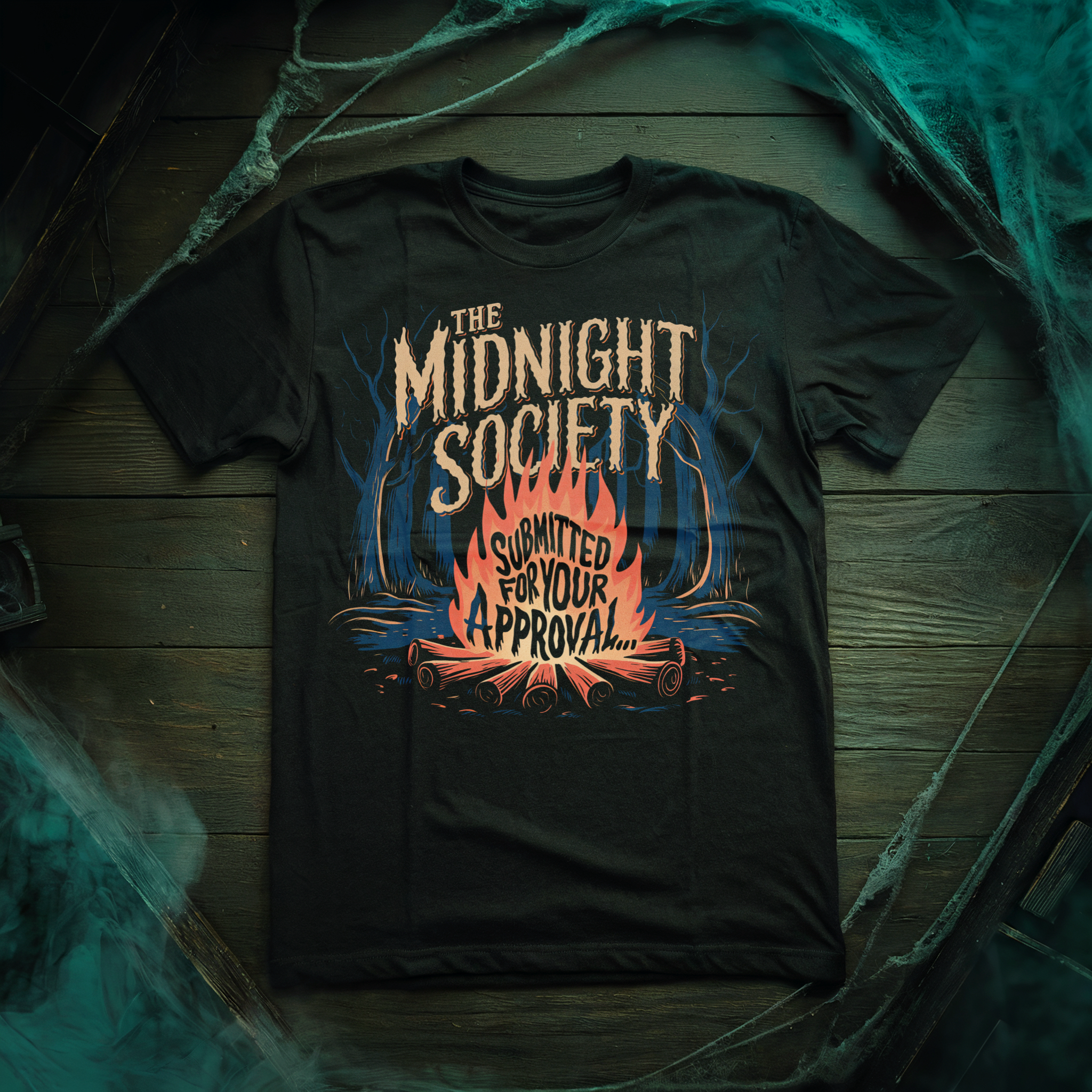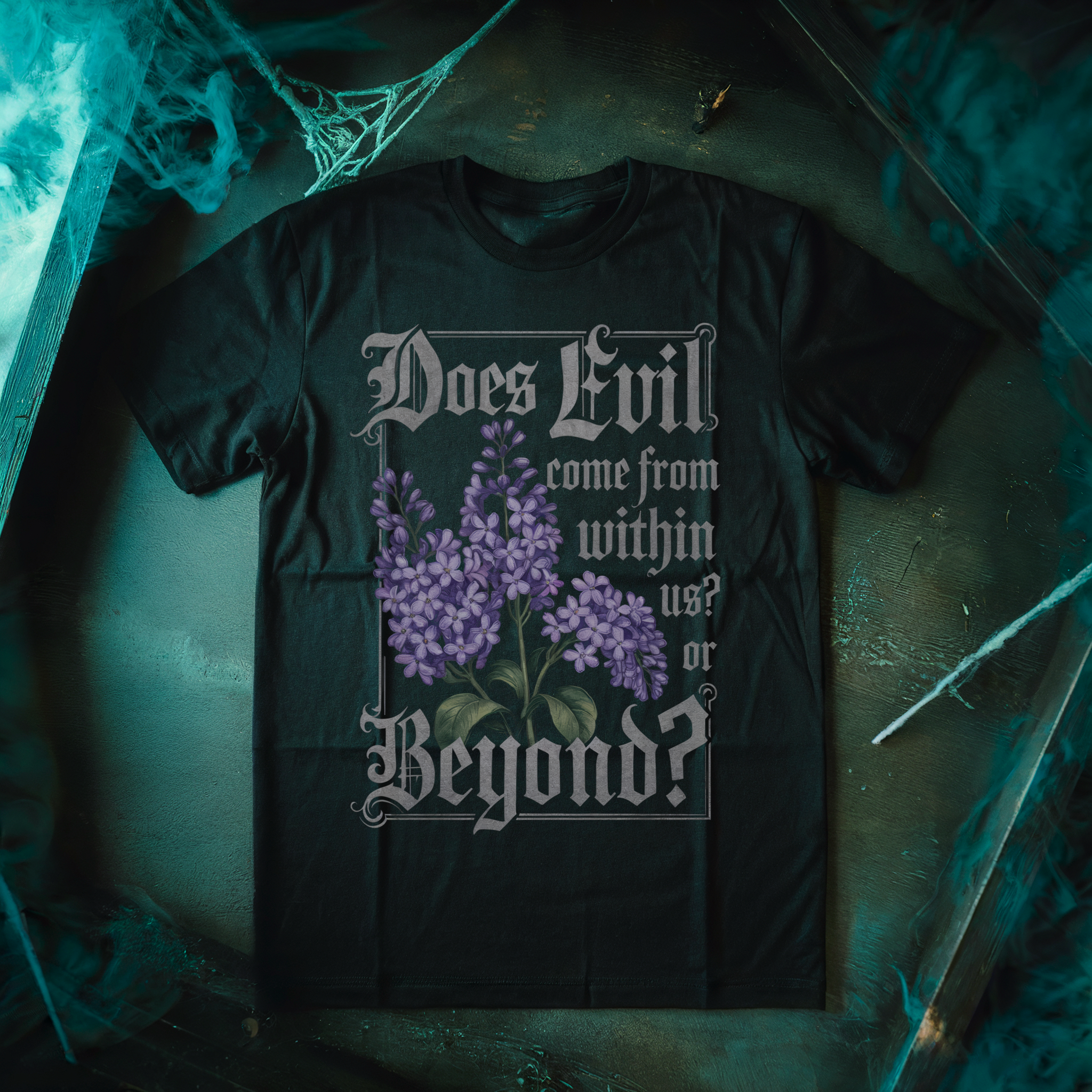The First Born Son. The Torso. The Bound Woman. The Withered Lover. The Torn Prince. The Angry Princess. The Pilgrimess. The Great Child. The Dire Mother. The Hammer. The Jackal. The Juggernaut. No, these are not just descriptions of people in front of you at your neighborhood Burger King. These are the names of deadly ghosts haunting the halls of Dark Castle’s Thir13en Ghosts.
It’s Monster Mash Month here at Nightmare on Film Street, and a whole dozen of dead’zies isn’t a crowd for this edition of Making a Monster. This month, we’re putting on our special glasses and peering through Latin-etched glass to cover one of my favorites, the 12 ghosts of…..Thir13en Ghosts! Much of the information mined for our deep dive comes from the featurette Thir13en Ghosts Revealed, a segment of special features on the film’s DVD release that puts all other special features to shame.
Weird Guy 1 & Weird Guy 2
From the beginning, the proverbial drum beat that marched along the production of Thir13en Ghosts was the chance to modernize William Castle’s 1960 original film with the new technology available to filmmakers. When director Steve Beck approached Makeup FX artist Howard Beger with the project, Berger saw the warning signs of a computer graphics snoozer. “At first when I read it, I thought ‘God, it’s gonna be 400 days of blue screen ghosts going ‘ooohhh I’m gonna get you.'”
Fortunately for the artist and audiences alike, Beck had a different idea. Every ghost would be physically present on set during filming, and the ghosts would be much more than actors covered in bed sheets. “What really intrigued me was Steve wasn’t looking at it like “ok, here’s Weird Guy #1, and Weird Guy #2”. He had a backstory for everybody.” While these stories never made it directly into the film, Beck’s ghost histories were eventually available to audiences in the notoriously excellent bonus features on film’s DVD release. For example, here’s an except from the featurette explaining one of the more…upsetting… spirits of the 13, The Jackal –
Ryan Kuhn, the man who became the Jackal, was born in 1887 to a prostitute. Ryan later developed a sick and insatiable appetite for the female gender, attacking prostitutes and stray women with the cunning of a wild animal. As a means to cure his insatiable appetite, Ryan committed himself to Borehamwood Asylum. After years of imprisonment in a padded room, he went completely insane, scratching at the walls so violently that his fingernails were torn completely off. The doctors kept him permanently bound in a straight jacket, tying it tighter when he acted out, causing his limbs to contort horribly. Still fighting to free himself, Ryan gnawed through his straight jacket, until the doctors finally locked his head in a cage and sealed him away in a dark basement cell. There, he grew to hate any kind of human contact, screaming madly and cowering whenever approached by people. When a fire broke out in the asylum, everyone but Ryan escaped. He chose to stay behind and meet his deserved fate.
The Jaws of Ghosts
The backstories Beck concocted provided a vivid starting point for the effects artists to start crafting the large group of ghouls. To bring the words to life visually, artist Derek Thompson was brought on board to create comic-book-style artwork of each of the ghosts. Allowed a broad interpretation, Thompson and company stepped away from a realist concept for the monsters, opting instead to incorporate what they viewed as “people’s worst nightmares” however outlandish they may be.
Loving what the artists brought back to him, Beck tweaked the designs on small clay sculptures that allow for the art to be inspected three-dimensionally. Charles Porlier, key supervising artist on the film, explained that the tweaking did not end in pre-production. “Some of the makeups allowed us to play a little bit, and actually design on the set. Do some makeups, march the actor in and have the director look at them, roll some footage…decide what we liked and didn’t like, and redesign as we went.”
“It’s a pretty intense process to take one of these nice, clean actors and turn them into a monster in just a couple of hours,” said [Howard] Berger.
Time spent in the makeup chair varied wildly between the ghost designs. Some actors and actresses only endured an hour or so of preparation. Others such as Shawna Loyer, who portrayed The Angry Princess, required 4-5 hours in the seat, which she attributed to the vast scarring effects covering her body. Characters such as The Juggernaut featured a foam body piece, fake hands, and disposable facial prosthetics that were replaced each day of filming. On certain occasions, all 12 ghosts (if you watch the film, you’ll know why it’s 12 and not 13) were needed on set at the same time, a logistical nightmare for the makeup artists. “It’s a pretty intense process to take one of these nice, clean actors and turn them into a monster in just a couple of hours,” said Berger.
Ghosts that visually captured your attention made up only half of the formula in director Steve Beck’s vision for the film. In a production notes piece on Cinema.com, Beck explained the desire to give audiences a horror experience they hadn’t had before. “These are the great white sharks of ghosts. They’re extremely vicious and aggressive, and so when contained, as they are in the house, they behave as any kind of wild beast would – they become very agitated and angry. Once they’re released, they unleash that anger upon anyone standing in their way. These ghosts aren’t just going to hover around looking kind of scary. They’re in attack mode 100% of the time.“
A House is Made of Walls and Beams. A Home is Made of Wails and Screams.
The spirits are the obvious stars of Thirteen Ghosts (besides my boy Matthew Lillard), but the means by which they are showcased deserves top billing as well. Determined not to have their spirits hovering around a creaky old haunted house, filmmakers opted instead to place them in sleek, futuristic wall-less structure separated entirely by glass. As the plot of the films explains, Latin containment spells etched in the glass serve as gates for the ghosts for which they cannot cross, either trapping them inside like cages or releasing them to roam the house.
Placing the ghosts in such a structure for the film allowed the ghosts in all of their designed ghoulish glory to be seen from every angle. “We didn’t want to repeat too many typical ghost movie clichés, with sets and characters shrouded in shadows, so we designed large areas of the house where we could light through the ceiling and the floor,” the director explained. “Of course, the lighting had to be fairly unique because of the transparent walls.” In total, over 3 miles of glass walls were used in the construction of the house!
While visually stunning and artistically unique, this presented massive challenges for the cinematographer. Beck explained in the featurette, “We could see all the way through the house, and all the way to the other side, where people would be standing around having coffee and donuts. We had to be very carful about how we arranged our camera and how things were reflected, which was possibly our major issue.” Those working on set wore dark clothing as often as possible, and an incredible amount of work went into lighting the set, requiring enough electricity to necessitate it’s own power substation!
![thir13en ghosts monsters pov [Making a Monster] How FX Artists Resurrected The Sinister Spirits of Dark Castle's THIR13EN GHOSTS 10 thir13en ghosts monsters pov](https://nofspodcast.com/wp-content/uploads/2020/11/thir13en-ghosts-monsters-pov.gif)
Are We Going to Hell?
After filming had concluded, Howard Beger received a message from director Steve Beck. “I got an e-mail from Steve that said, ‘Will we all go to hell for making movies like this?’ I wrote back, ‘Yes, but at least we’ll be with all of our friends. ‘” You can send me down there with them. While Thir13en Ghosts may be a somewhat obscure title to the casual new horror fan, it’s nothing short of a staple film for us children of the 2000’s and to the more seasoned horror vets. It’s very rare to have a truly visually stunning, gnarly creature design, and this film had 12 of them! My only regret, which I’m sure many share, is that filmmakers failed to introduce the backstories of each of the ghosts in the movie itself, because they are LIT and I highly recommend you check them out in the bonus features, which I included at the end of the piece.
Thir13en Ghosts is a perfect example that not all horror films require overcomplex intellectuality to be a good movie, and most importantly, one hell of a fun time. Sometimes, you just need the creativity and artistry to put together a group of visually terrifying ghosts, place them in a futuristic glass maze, and drop Matthew Lillard in the middle of it all.
“Thir13en Ghosts is a perfect example that not all horror films require overcomplex intellectuality to be a good movie, and most importantly, one hell of a fun time.”
Are you also enamored with Cyrus’s collection of creeps in Thir13een Ghosts? Which ghost’s design and backstory is most interesting to you? Would you go one-on-one against The Juggernaut just to hang with Matthew Lillard for awhile? Let’s talk about it over on Twitter, Reddit, Facebook, and the official Nightmare on Film Street Discord. Get more horror delivered straight to your inbox by joining the Neighbourhood Watch Newsletter.
![thirteen ghosts 2001 poster [Making a Monster] How FX Artists Resurrected The Sinister Spirits of Dark Castle's THIR13EN GHOSTS 11 thirteen ghosts 2001 poster](https://nofspodcast.com/wp-content/uploads/2020/07/thirteen_ghosts_2001_poster.jpg)



















